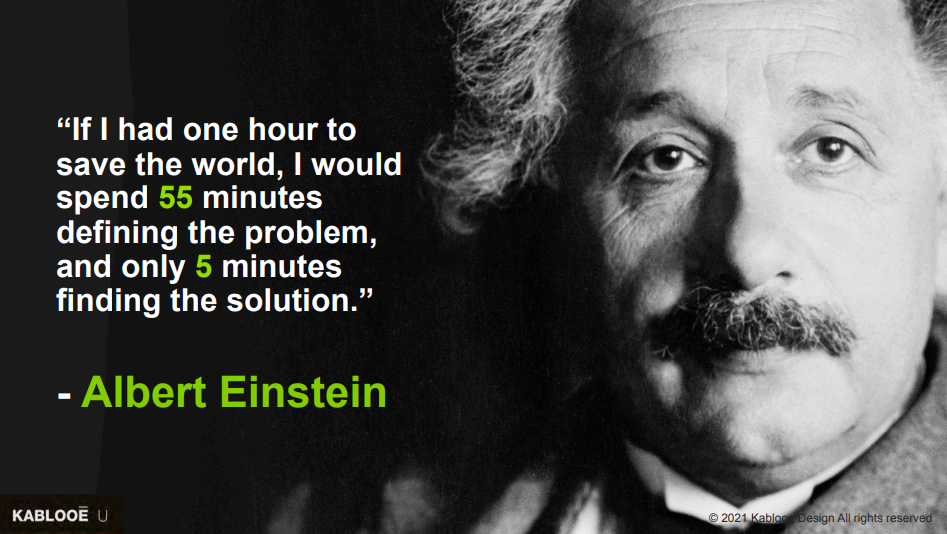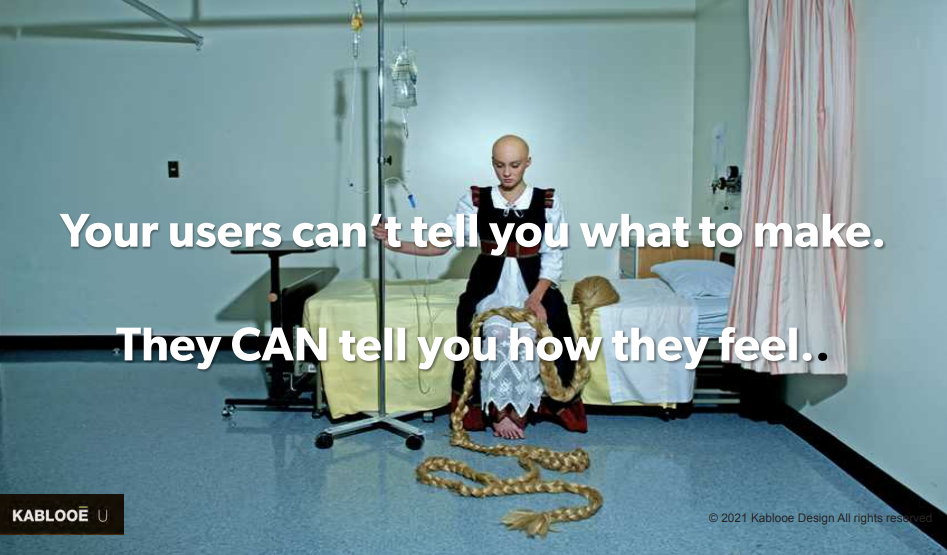Designing a Study: 6 Steps for Preparing Successful MedTech Device Research

Designing a research study for a medical technology device can be an incredibly intimidating process. As one of the first steps in your device design process, it effectively sets the stage for the success of the entire project. That’s not to mention that looming voice in the back of your head reminding you of all the things you need to do to make the FDA happy.
At the end of the day though, it’s important to remember that the goal of the study is to discover outcomes, not to apply them.
With that said, when designing a study, there are three key stages that need to be accomplished: the early contextual, the final formative, and the summative. Each one contains a set of steps that should be followed in order if you aim to produce the most valid and useful results possible.
Let’s begin.
EARLY CONTEXTUAL STAGE
1. Determine your participant quantity
The first step in designing a study is to determine how many participants you will need. Every study must be conducted with adequate participant numbers in order to produce valid and accepted results.
This number can vary depending on the type of study you are conducting. For example, if you are testing the feasibility of a new device or studying the outcomes of using a device, you will need more participants than if you are simply validating the usability of a new interface.
2. Select your user groups
Once you have determined the number of participants, you need to select the user groups you will be studying. This decision will be based on the research question you are trying to answer.
For example, if you are designing a study for an in-home use device, you will likely only include patients in the study. However, if you are designing a study for a clinical device, both patients and clinicians may be included.
FINAL FORMATIVE STAGE
3. Mini summative (verification)
Once you have selected your user groups, you will need to verify that they meet the requirements for your study. This can be done in a number of ways, such as with interviews or surveys.
4. Test your outcomes
After you have verified that your user groups meet the requirements, you need to test the many outcomes of using your device. This testing should be done in a controlled setting to ensure that all variables are managed.
Once you have tested all outcomes of using the device, you need to evaluate those results. This evaluation could include both quantitative and qualitative data.
SUMMATIVE STAGE
5. UI validation
One of the last steps in designing a study is to validate the usability of the new interface. Are the participants using the device in the ways you had intended/predicted? If not, you will need to conduct further research to determine why that is and what changes can be made to the UI to make it more user-friendly and intuitive.
This step should be conducted with a large number of participants in order to ensure valid results. Too small of a study is more likely to produce skewed results from a disproportionate number of outliers (a.k.a. rogue participants).
6. Test all known UI hazards
In addition to validating the usability of the interface, it is important to test for any known UI hazards. By conducting a study in this manner, you can be assured that your device is as safe and user-friendly as possible before it’s brought to market.
STUDY VARIATIONS
Before we conclude this article, I want to discuss some common study variations that can be used in medical technology device research. In designing a study, it is important to consider all possible variations that may impact the results, because each of these variations can have a significant impact on the overall effectiveness of your study.
Acute vs. Chronic
An acute study is designed to test the effects of a device over a short period of time, such as several days or weeks. On the other hand, a chronic study is designed to test the effects of a device over a longer period of time and is typically measured in months or even years.
Patient vs. Clinician
A patient study is designed to elicit feedback from actual users of the device, while a clinician study is designed to get feedback from medical professionals who will be using the device in their everyday practice. Patients tend to be more subjective and respond more with feelings, whereas physicians are more objective and back their input with hard facts.
Emergency vs. Clinical
Emergency studies are conducted in real-world settings with patients who are experiencing an actual emergency. In order for this to actually work, your team may need to be on-call, shadowing first responders or going on a ride-along to ensure you’re ready when an event occurs. Compare that with clinical studies which are conducted in a laboratory setting with patients who are scheduled for elective surgery.
Demographic Variations
Demographic variations can include factors such as age, gender, and ethnicity. By including these variables in your study, you can gain a more in-depth understanding of how the device performs across different groups of people. With certain age groups in particular (elderly, children, etc.) you may need to make specific accommodations and adjustments to work around expected limitations (vision or hearing loss, limited dexterity, etc.).
These are just a few of the many study variations that can be used in MedTech device research. By understanding the different types of studies available, you can tailor your research to answer specific questions about your device. This will allow you to make better decisions about the usability and safety of your device before any actual users get their hands on it.
FINAL THOUGHTS ON DESIGNING A STUDY
Designing a research study can be a daunting task, but no matter what type of study you are conducting, it is important to keep in mind that the goal is to generate new hypotheses, not to confirm your preexisting ones. By following these steps, you’re sure to design a successful research study for your MedTech device design.
Need further help designing your study? Let the experts at Kablooe Design help!
By leveraging our decades of industry expertise, we can help take many of these tedious and time-consuming tasks off your plate. From developing the study script and moderating the sessions to analyzing the data and generating the report, we can ensure your involvement in the process is as simple, streamlined, and straightforward as possible.
Contact us today to discuss the details of your research study.


